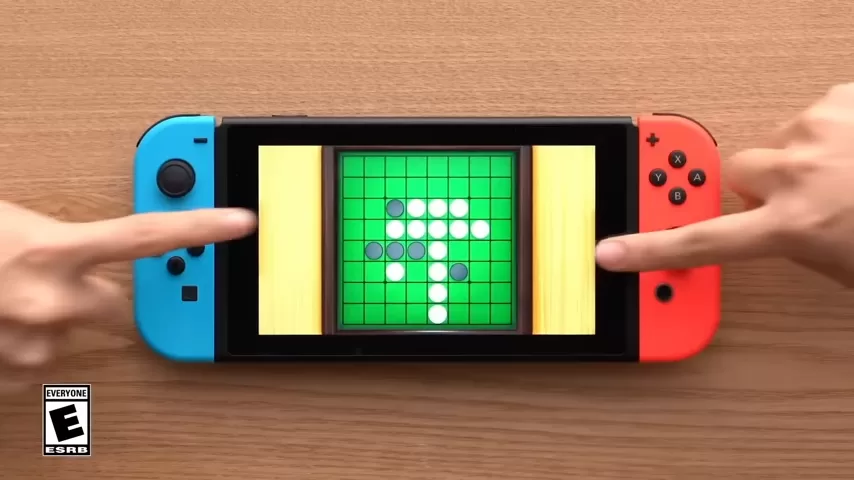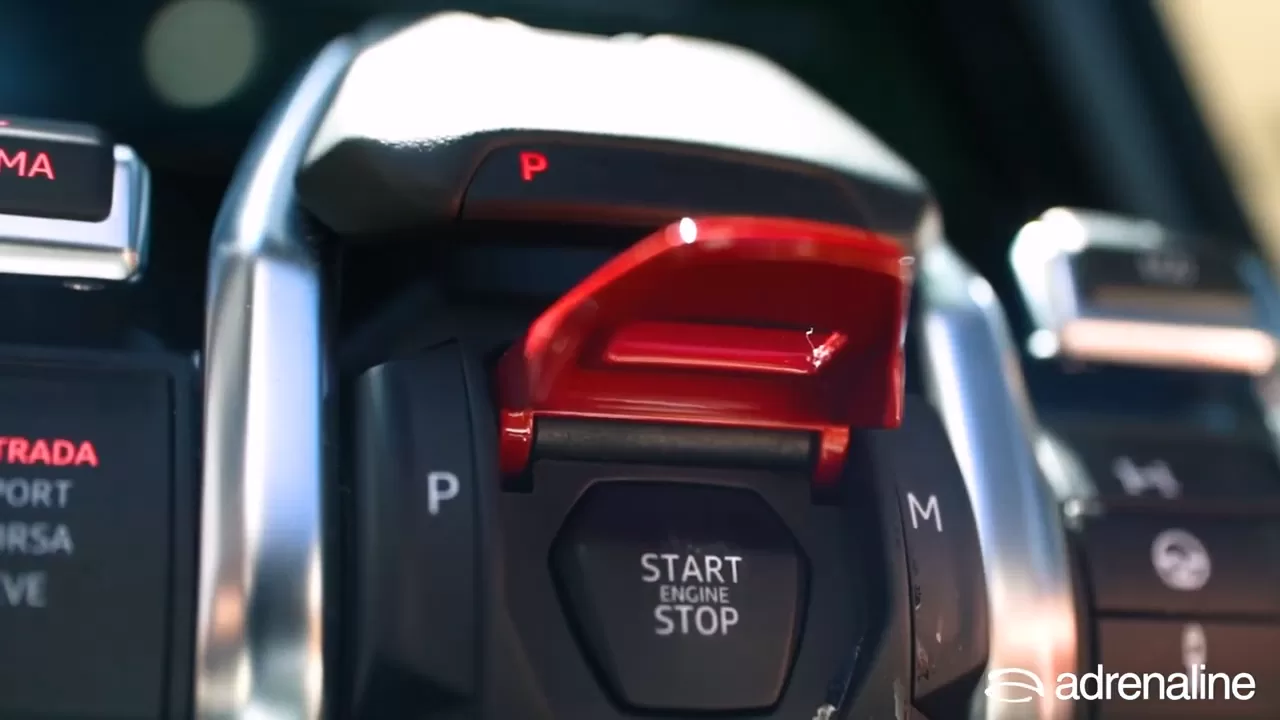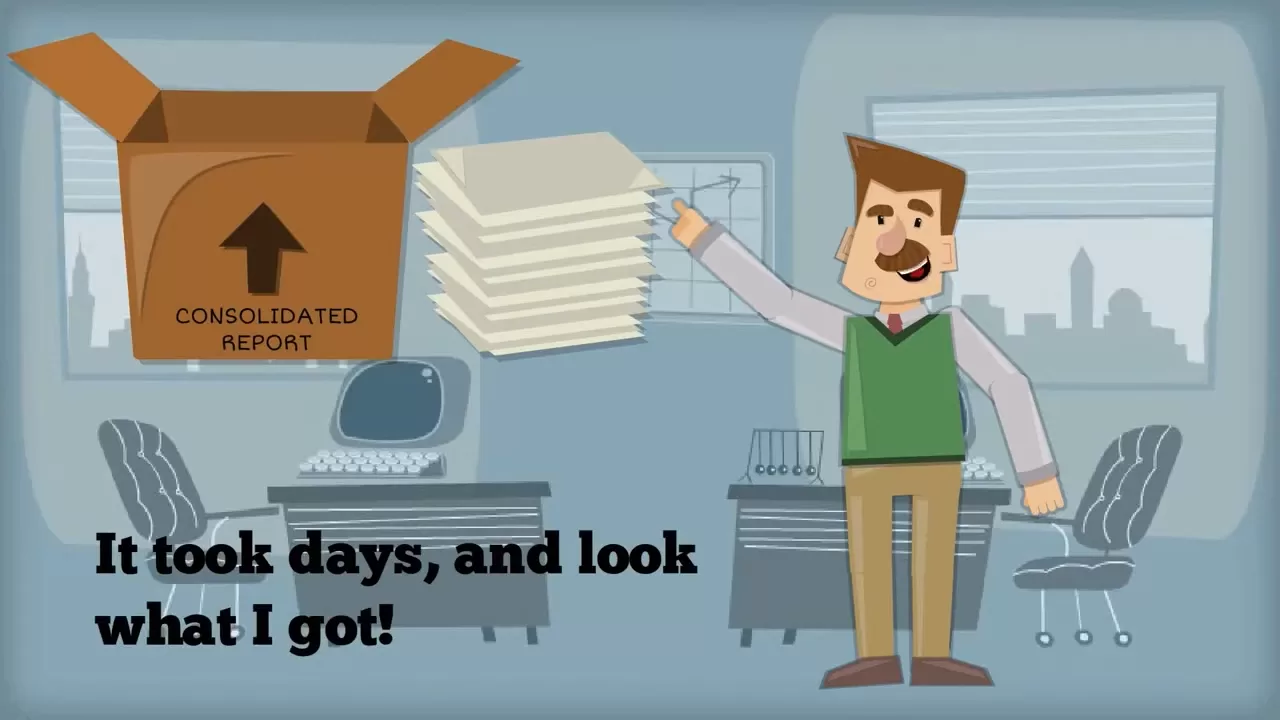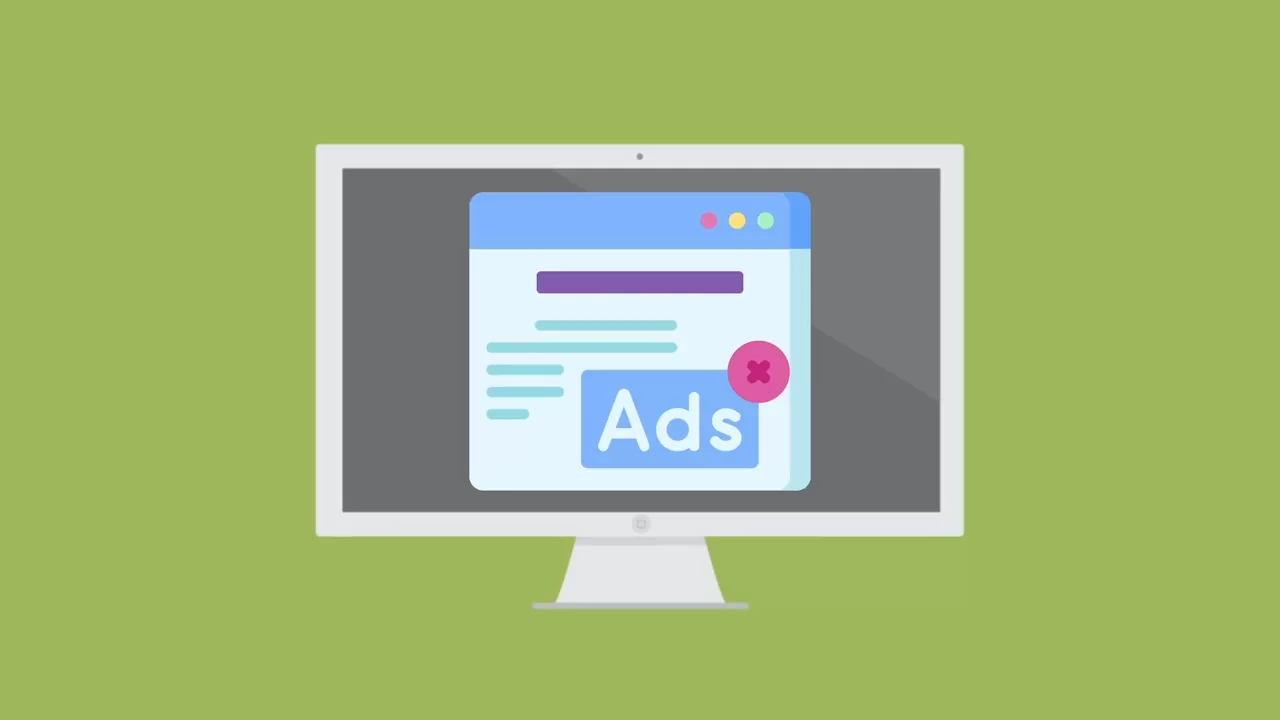I still remember the day the original Nintendo Switch came out. It was a gray morning in March 2017, and I lined up outside a small GameStop with a coffee in one hand and dreams in the other. I didn’t know it then, but I was about to enter one of the most defining gaming eras of my life. Fast forward to now: the Switch 2 has just launched, and I’m feeling that same electric anticipation all over again. But before we speed into the future, I want to take a moment to do what Nintendo fans always do best: look back and rank everything.
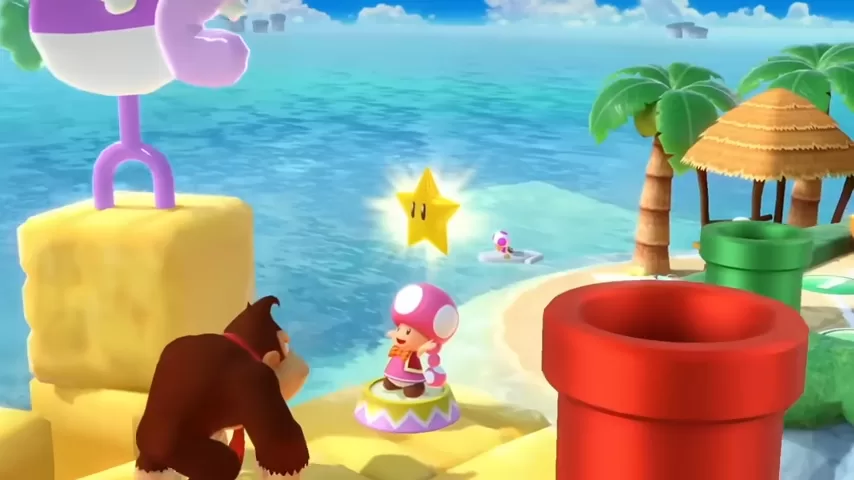
There’s no denying it—the Switch didn’t launch strong in terms of breadth. One-Two Switch was fine for about 30 minutes before it became a dust collector. Snipperclips was charming but forgettable. But then, there it was—Breath of the Wild, glowing on my screen like a godsend. That game wasn’t just “good for launch.” It was a tectonic shift in what we expect from open-world design. No waypoints, no hand-holding, just raw curiosity. I’ve always been a Dungeon-Zelda purist, but even I had to admit that this was game design at its finest. Still, it didn’t fully replace my love for the classic dungeon-crawl formula, so while it was “console-defining,” it wasn’t “peak” for me personally.
What was peak? Mario Kart 8 Deluxe, weirdly enough. It wasn’t new, but the way it anchored friend groups for years—years—makes it unironically one of the best investments Nintendo has ever made. Yes, it’s a Wii U port, but so is half the Switch library. Ports or not, if a game gets better and finds its audience the second time around, it counts.

Of course, not everything hit. Arms had fantastic art direction and incredible character design—Twintelle still lives rent-free in my head—but it just didn’t land as a fighter. And Fire Emblem Warriors? I’ll be honest: I’m biased. I’m a Fire Emblem freak. So, yes, I loved it. No apologies.
Let’s talk Super Mario Odyssey. That game didn’t just meet expectations—it performed a triple jump, threw Cappy, and smashed through the ceiling. I speedran it. I obsessed over it. I chased every moon (even the “too many” ones). To this day, it’s probably my favorite 3D platformer, and I’ve played ‘em all—from Galaxy to Banjo-Kazooie.
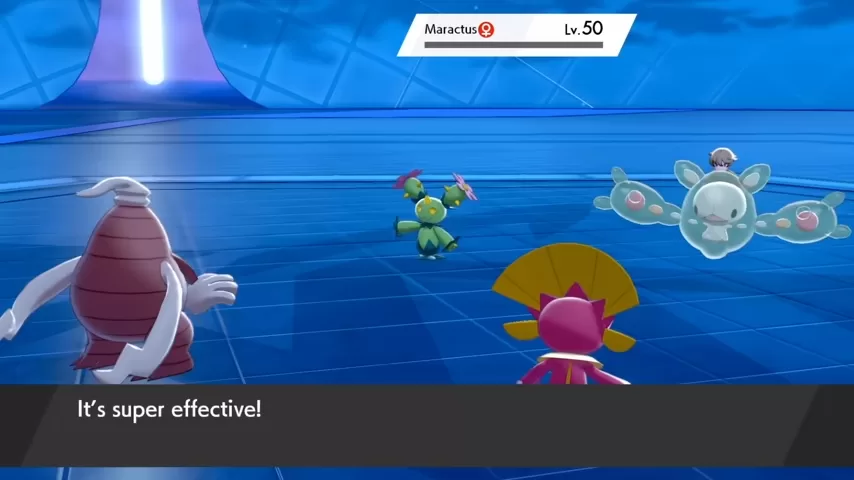
Then came Smash Ultimate. Look, this game changed my career. I was already doing okay on YouTube, but Smash launched me. More importantly, though, it was the biggest crossover in gaming history, and it earned that title. The soundtrack? Insane. The roster? Unfathomable. The memes? Eternal. I’ll never forget the “everyone is here” trailer reveal. I get goosebumps just thinking about it.
But it wasn’t just the headliners that made the Switch special. You had niche gems like Cadence of Hyrule, an indie roguelike rhythm-Zelda that somehow worked. Tetris 99 turned a game older than the internet into a must-play battle royale. Ring Fit Adventure tricked me into doing cardio—and I liked it.
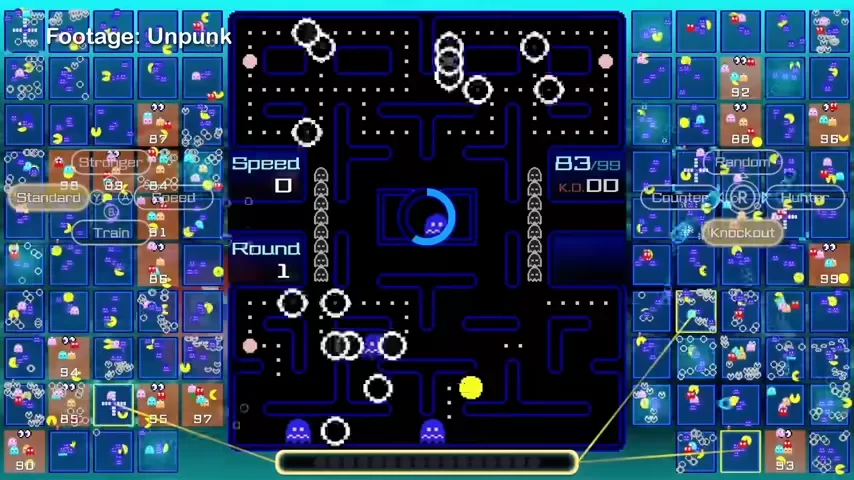
Even the ports weren’t lazy. Xenoblade Chronicles: Definitive Edition was one of the most impressive remakes I’ve ever seen. They didn’t just up-res some textures—they rebuilt an entire world and kept the soul of it intact. I’ve played Xenoblade 1, 2, 3, and even Torna. Each one left me emotionally reeling in a different way. And now with Switch 2, I’m hoping we get Xenoblade X. It’s a tragedy that game’s still trapped on the Wii U.
Of course, not every Switch game was a slam dunk. Pokémon Sword and Shield were… okay. The story had heart, but the visuals? Let’s be real: those trees haunted our dreams. Scarlet and Violet had even better characters and a solid story, but the performance issues? I had more crashes than a ‘90s Windows PC. Still, I’d take a glitchy game with soul over a polished one with none, and that’s why I still ranked Scarlet/Violet in the “Peak” tier—because it dared to be bold, even if it tripped on its shoelaces.
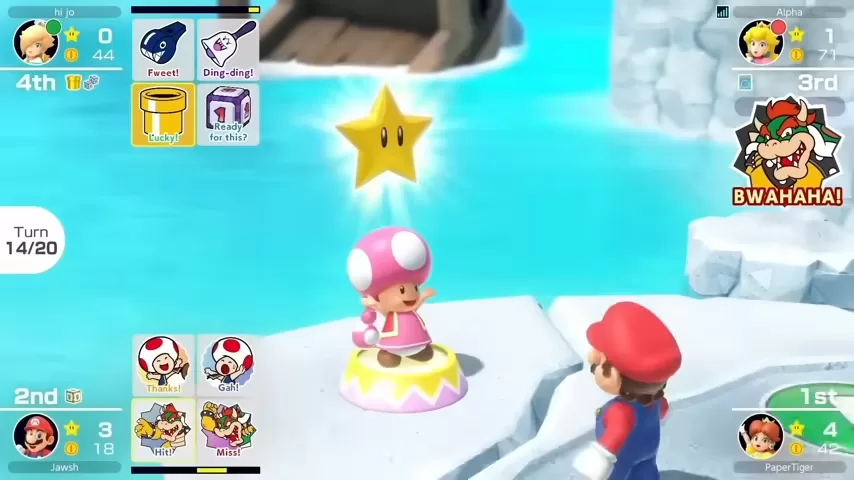
Meanwhile, Animal Crossing: New Horizons came out at the perfect time. Quarantine, confusion, global chaos—and here was this warm little island waiting to give us all a hug. Mechanically? I still think New Leaf was deeper. But in terms of impact? New Horizons was unmatched.
And then there’s the Mario Parties. Superstars brought back the magic. Super Mario Party… not so much. Jamboree? A step forward, a step back. The series has always had its ups and downs, but Superstars showed us that Nintendo knows what we love—they just need to remember it more often.
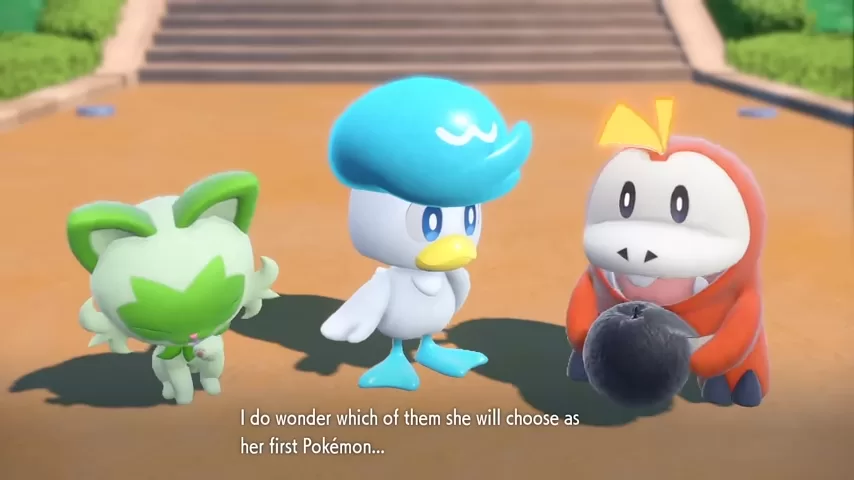
Toward the tail end of the Switch’s life cycle, we got some unexpected delights. Metroid Dread was a triumphant return to form. Mario Wonder was a refreshing blast of joy with some of the most polished 2D visuals I’ve ever seen. Pikmin 4 modernized the formula without losing the charm. And Fire Emblem: Engage? Broken, silly, fanservicey—and fun as hell.
So what does that mean for Switch 2?
Well, for starters, Switch 2 doesn’t need to reinvent the wheel. It just needs to keep it turning. It needs to take the lessons learned—about pacing (Odyssey), storytelling (Xenoblade), freedom (Zelda), community (Animal Crossing), and innovation (Ring Fit, Tetris 99)—and double down.
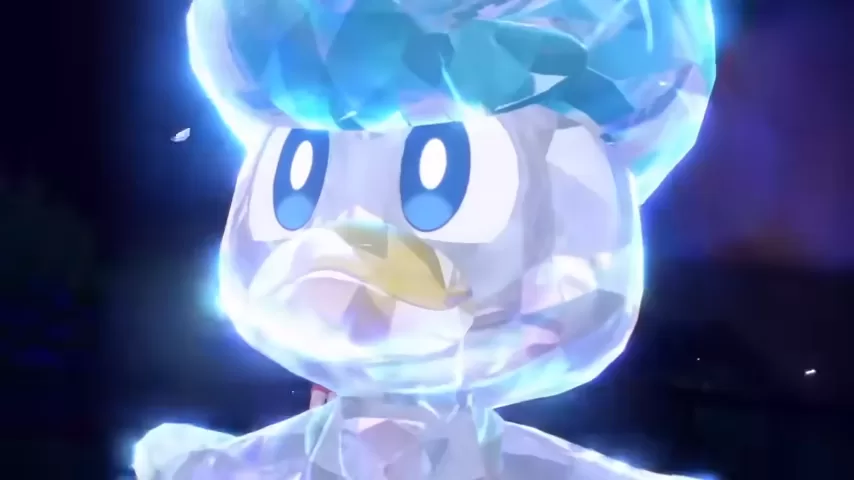
What I want from Switch 2 isn’t raw power. I mean, yeah, I’ll take 60fps and faster load times. But what I really want? More risks. More weird ideas. More games like Metroid Dread, where I get chills every time an E.M.M.I. shows up. More games like Mario Maker 2, where the players become the designers. More of that Nintendo magic that turns cardboard into a piano or a battle royale into Tetris.
The Switch gave us games that felt alive, even when they were imperfect. It made local multiplayer cool again. It made portability feel powerful. It didn’t care if a game was a port, an indie, a minigame collection, or a 100-hour epic—it just asked: “Is this fun?”
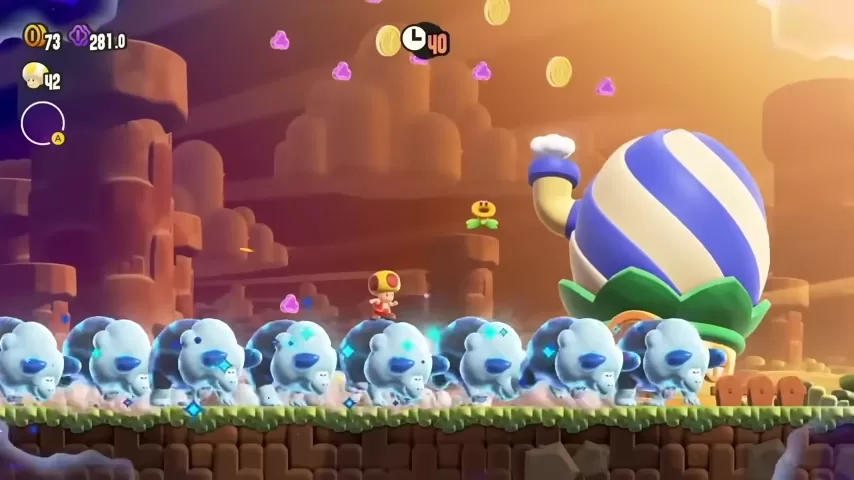
As I hold my shiny new Switch 2 and boot up whatever launch title Nintendo chose to accompany it (please be a new Odyssey, I’m begging you), I’m not worried.
I’m hopeful.
Because for all the Joy-Con drift, underpowered hardware, and ports galore… the Switch generation reminded me why I fell in love with games in the first place. And now, it’s time for that love to evolve—again.
